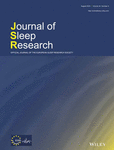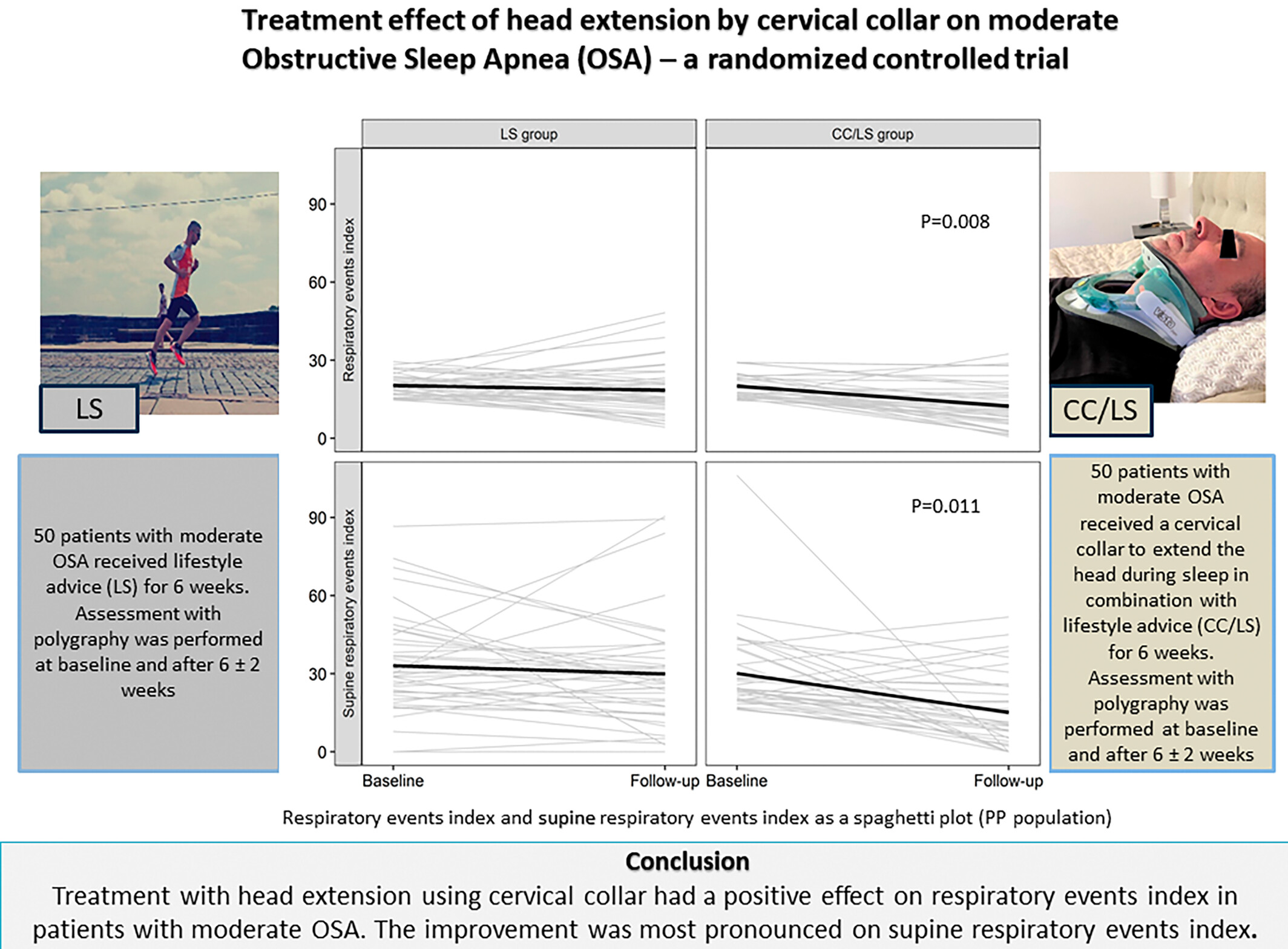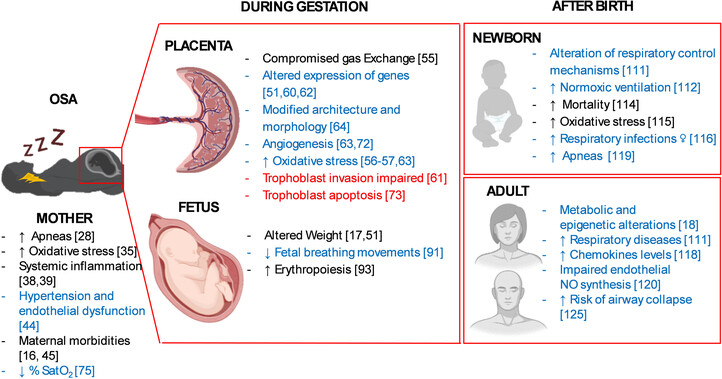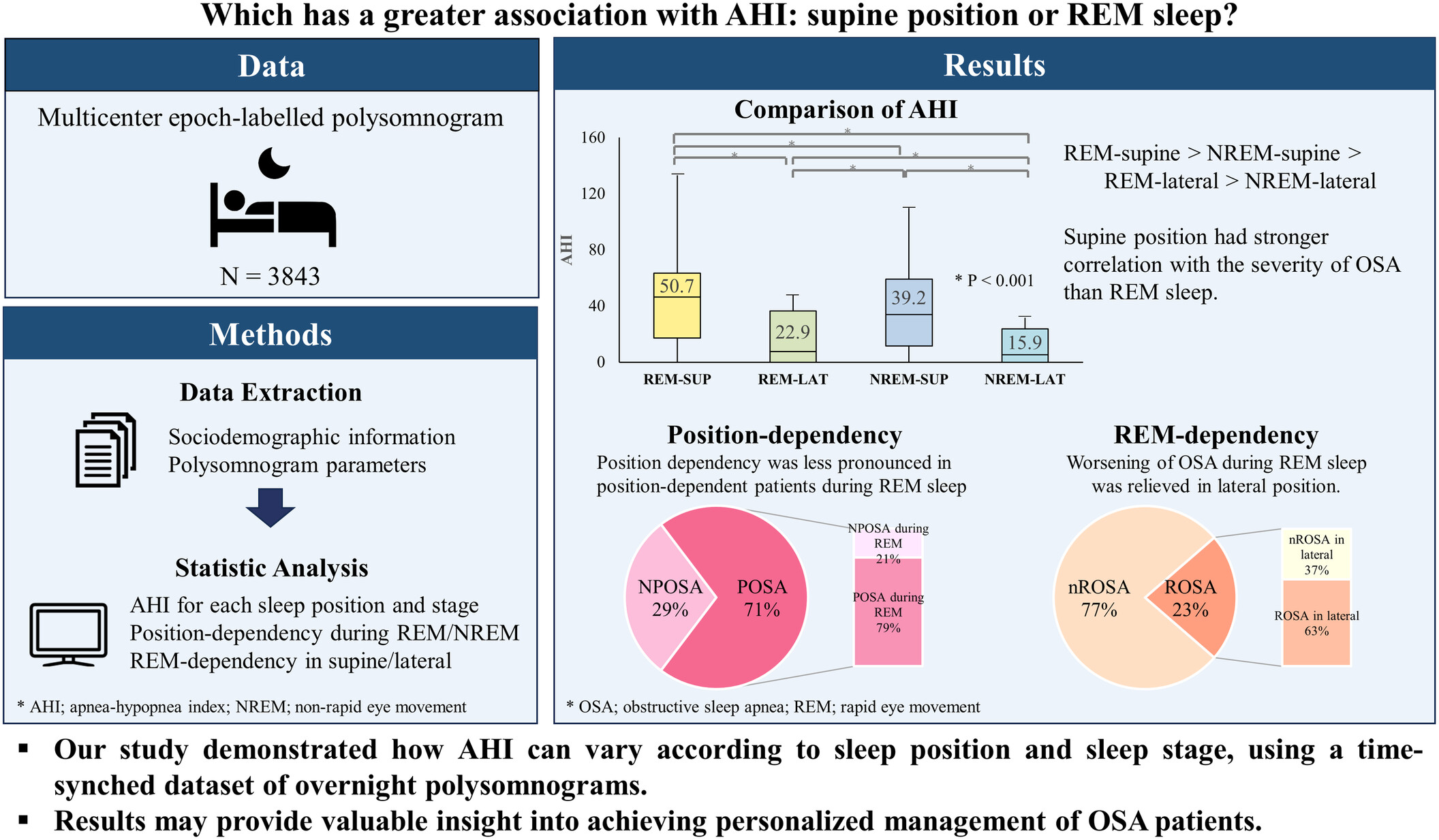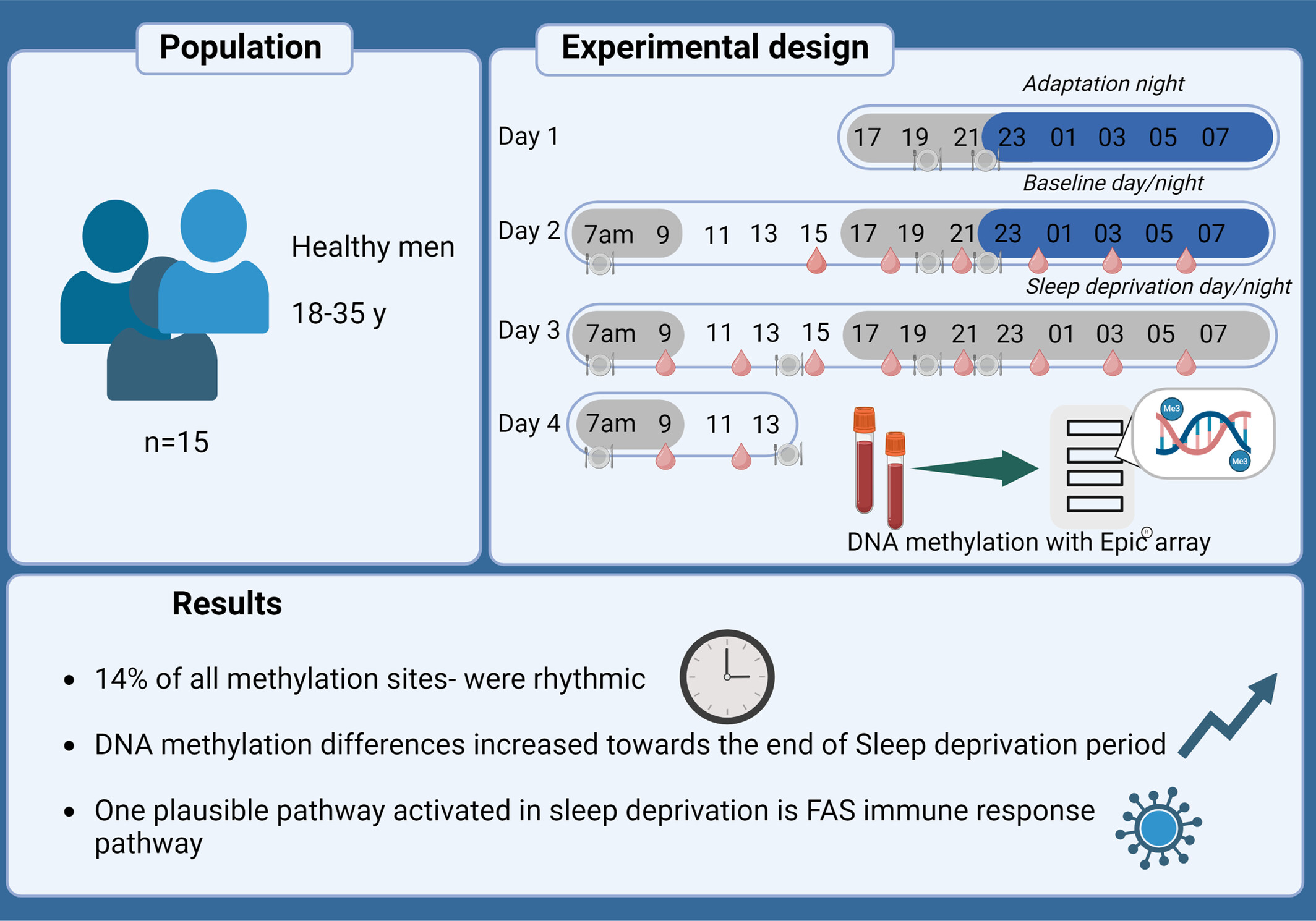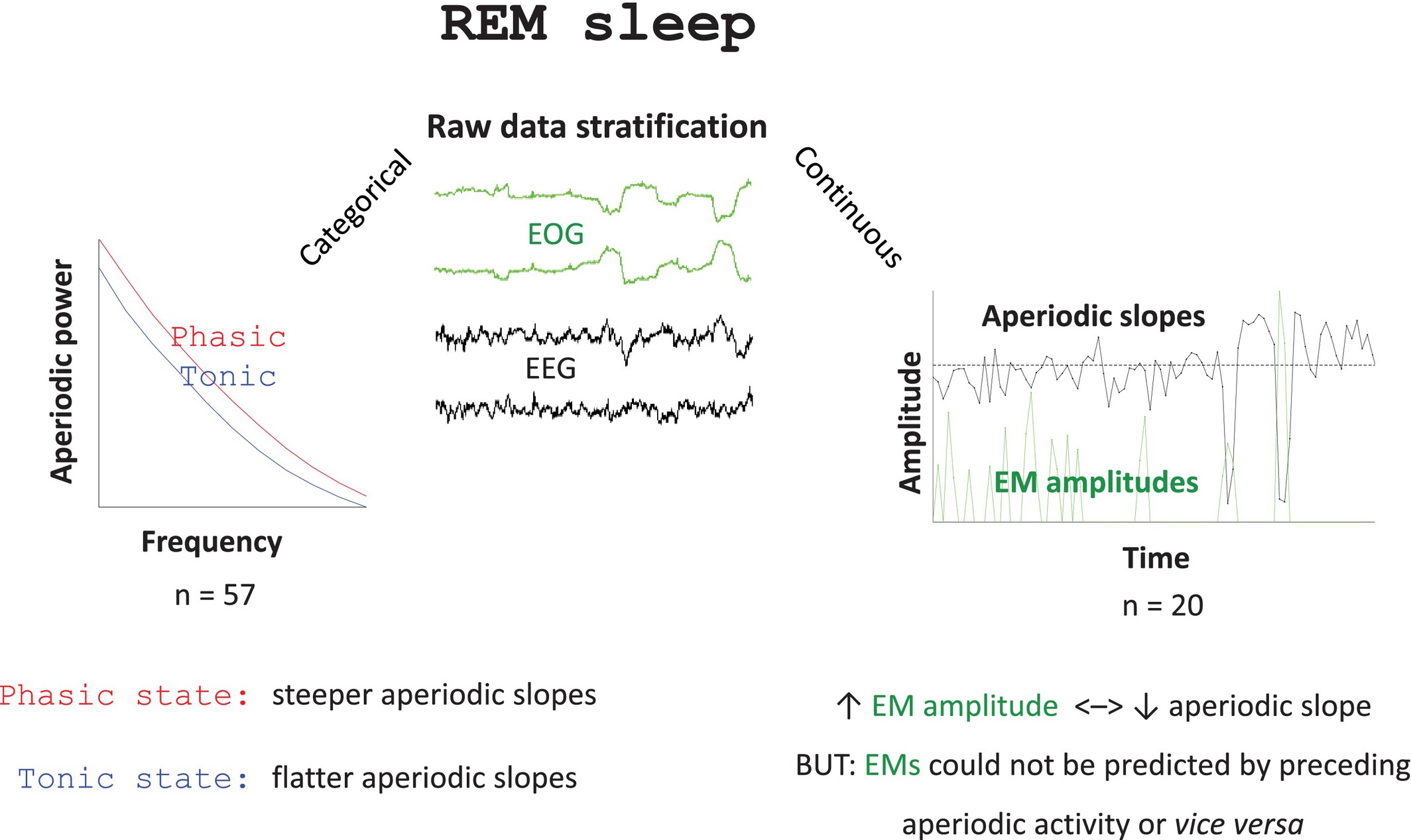Journal list menu
Export Citations
Download PDFs
ISSUE INFORMATION
SLEEP DISORDERED BREATHING
Effect of the maternal sleep disturbances and obstructive sleep apnea on feto-placental Doppler: A systematic review
- First Published: 15 January 2025
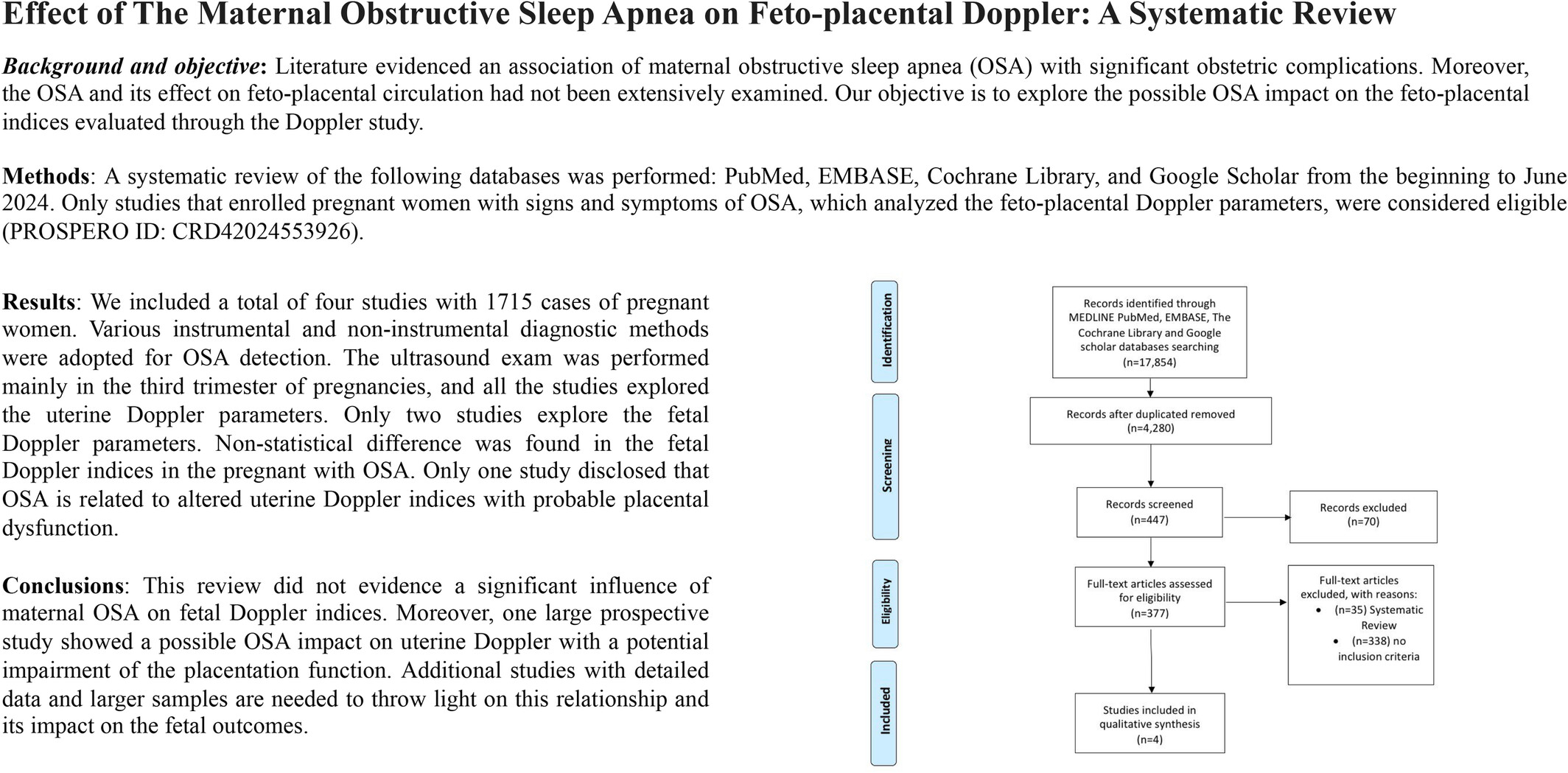
Literature evidenced an association of maternal obstructive sleep apnea (OSA) with significant obstetric complications. Moreover, the OSA and its effect on feto-placental circulation had not been extensively examined. Our objective is to explore the possible impact of OSA on the feto-placental indices evaluated through the Doppler study. A systematic review of the following databases was performed: PubMed, EMBASE, Cochrane Library and Google Scholar from the beginning to June 2024. Only studies that enrolled pregnant women with signs and symptoms of OSA, which analysed the feto-placental Doppler parameters, were considered eligible (PROSPERO ID: CRD42024553926). We included a total of four studies with 1715 cases of pregnant women. Various instrumental and non-instrumental diagnostic methods were adopted for OSA detection. The ultrasound exam was performed mainly in the third trimester of pregnancies, and all the studies explored the uterine Doppler parameters. Only two studies explore the foetal Doppler parameters. Non-statistical difference was found in the foetal Doppler indices in the pregnant with OSA. Only one study disclosed that OSA is related to altered uterine Doppler indices with probable placental dysfunction. This review did not evidence a significant influence of maternal OSA on foetal Doppler indices. Moreover, one large prospective study showed a possible OSA impact on uterine Doppler with a potential impairment of the placentation function. Additional studies with detailed data and larger samples are needed to throw light on this relationship and its impact on the foetal outcomes.
Positional obstructive sleep apnea in children prescribed continuous positive airway pressure therapy for obstructive sleep-disordered breathing
- First Published: 07 January 2025
Treatment effect of head extension by cervical collar on moderate obstructive sleep apnea–A randomized controlled trial
- First Published: 28 January 2025
The efficacy and safety of dual orexin receptor antagonists in obstructive sleep apnea: A systematic review and meta-analysis of randomised controlled trials
- First Published: 14 November 2024
Rapid eye movement (REM)-related obstructive sleep apnea and hypertension: insights from the clinical spectrum of apnea–hypopnea index ratios across REM and non-REM sleep stages in a Chinese cohort
- First Published: 27 November 2024
Effects of gestational intermittent hypoxia on the respiratory system: A tale of the placenta, fetus, and developing offspring
- First Published: 15 December 2024
Impact of the visceral adipose tissue on bone quality in patients with untreated mild-to-severe obstructive sleep apnea
- First Published: 10 December 2024
Impaired blood flow of optic nerve head in patients with severe obstructive sleep apnea/hypopnea syndrome
- First Published: 27 November 2024
Differential effects of sleep position and sleep stage on the severity of obstructive sleep apnea
- First Published: 18 November 2024
Pilot analysis of magnetic resonance imaging-based contributors to patient-centred optimization of mandibular advancement devices in obstructive sleep apnea
- First Published: 19 November 2024
Extreme altitude-induced central sleep apneas lasting more than 100 seconds in a healthy 23-year-old man
- First Published: 01 December 2024
Performance of questionnaires to predict sleep-disordered breathing in acute stroke patients
- First Published: 26 November 2024
INSOMNIA
Cognitive-behavioural therapy for insomnia mechanism of action: Exploring the homeostatic K-complex involvement
- First Published: 30 December 2024
Preliminary feasibility and efficacy of a brief behavioural treatment for insomnia after acquired brain injury: A case series
- First Published: 09 January 2025
Effectiveness and safety of an interactive internet-based intervention to improve insomnia: Results from a randomised controlled trial
- First Published: 15 December 2024
SLEEP IN CHILDREN AND ADOLESCENTS
Relationship between actigraphy-derived physical activity, sedentary behaviours and sleep parameters in preschool girls and boys: A cross-sectional study
- First Published: 26 November 2024
Possible sleep bruxism and hair cortisol in children: A birth cohort study
- First Published: 28 November 2024
Does sleep help children to generalise features like adults?
- First Published: 08 December 2024
Associations between sleep duration, insomnia, depression, anxiety and registry-based school grades: A longitudinal study among high-school students
- First Published: 11 December 2024
Accelerometry for sleep assessment in children: Criterium validity of different algorithms in wrist- and ankle-worn devices
- First Published: 29 November 2024
SHIFT WORK
The effect of sleep and shift work on the primary immune response to messenger RNA-based COVID-19 vaccination
- First Published: 10 December 2024
The impact of a 20-h rotating watch schedule on cognitive and mood states in submarine operations
- First Published: 14 November 2024
Longitudinal trajectories of sleep inertia among intern nurses with shift work in China: Prevalence, risk factors and outcomes
- First Published: 09 December 2024
Better sleep hygiene is associated with better sleep health in mining shift workers in Australia
- First Published: 10 January 2025
CHRONOBIOLOGY
Validation of the Morningness–Eveningness Scale for Children (MESC) with ambulatory circadian monitoring of temperature, light exposure and activity
- First Published: 02 January 2025
Sleep and circadian rhythms in delayed sleep–wake phase disorder: Phenotypic differences between patients with and without comorbid depression
- First Published: 15 January 2025
Actigraphy-based assessment of circadian rhythmicity and sleep in patients with Usher syndrome type 2a: A case–control study
- First Published: 30 December 2024
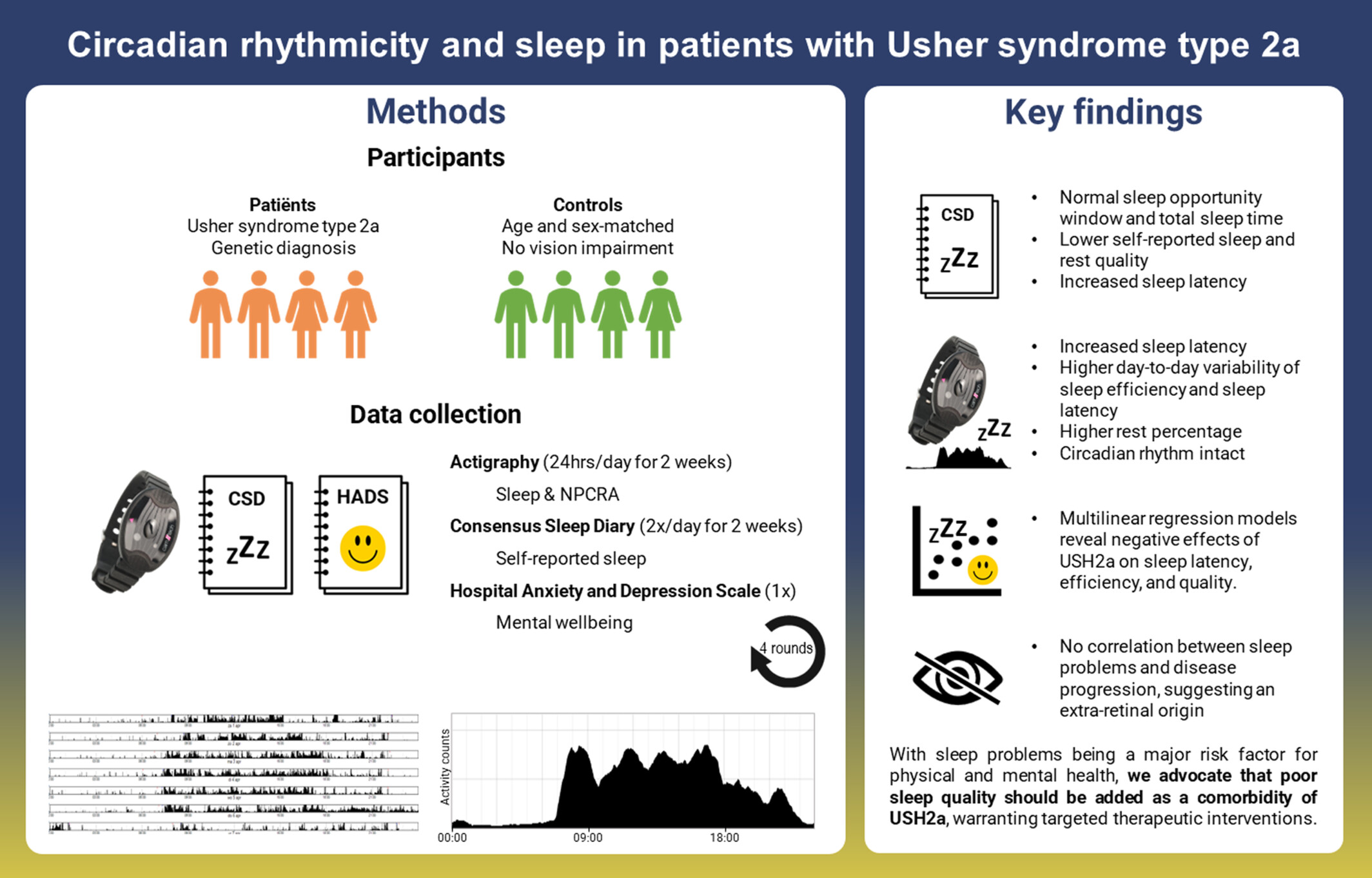
Patients with Usher syndrome type 2a experience significant sleep disturbances, including increased sleep latency, reduced sleep quality and increased variability in sleep efficiency, manifesting independently of the progressive visual impairment. These findings highlight the need to recognize sleep disturbances as a comorbidity, which is a critical step toward targeted therapeutic interventions.
Social jetlag decreases across the lifespan: A prospective big data analysis of objective sleep metrics
- First Published: 15 January 2025
Predicting circadian phase in community-dwelling later-life adults using actigraphy data
- First Published: 08 December 2024
Associations among chronotype and eating habits in adolescents are affected by study shift: A cross-sectional study
- First Published: 08 December 2024
Beyond larks and owls: Revisiting the circadian typology using the MESSi scale and a cluster-based approach
- First Published: 03 December 2024
Daily rhythm in DNA methylation and the effect of total sleep deprivation
- First Published: 15 December 2024
NARCOLEPSY AND EXCESSIVE DAYTIME SLEEPINESS
Can EEG spectral analysis distinguish children with narcolepsy from those with idiopathic hypersomnia and subjective sleepiness?
- First Published: 28 November 2024
Trends and variation in issuance of high-cost narcolepsy drugs by NHS England organisations and regions from 2019 to 2022
- First Published: 08 December 2024
Corticosteroid-responsive narcolepsy type II after COVID-19: A relevant differential diagnosis of post-COVID syndrome (a case report)
- First Published: 02 December 2024
Variability of excessive daytime sleepiness and cataplexy according to seasonality: A study in central disorders of hypersomnolence
- First Published: 01 January 2025
What are the important risk factors for excessive daytime sleepiness in a population-based cohort?
- First Published: 08 January 2025
SLEEP AND AGING
Age-related changes in large muscle group movements during sleep
- First Published: 29 December 2024
Objective sleep monitoring at home in older adults: A scoping review
- First Published: 09 December 2024
Sex-specific changes in sleep quality with aging: Insights from wearable device analysis
- First Published: 14 November 2024
SLEEP AND MENTAL ILLNESS
Short-term effects of exposure to workplace bullying on objective sleep: an actigraphy diary study
- First Published: 27 November 2024
Sleep disorders in patients with obsessive-compulsive disorder: A systematic review of the literature
- First Published: 30 December 2024
Does sleep quality mediate the association between post-traumatic stress disorder symptom severity and pain interference in trauma-affected refugees?
- First Published: 28 November 2024
The association between sleep disturbance and nightmares: Temporal dynamics of nightmare occurrence and sleep architecture in the home
- First Published: 26 November 2024
The association between dream activity and alexithymia during pregnancy: A cross-sectional study in a sample of pregnant women
- First Published: 10 December 2024
MISCELLANEOUS
Poorer objective but not subjective driving performance in drivers vulnerable to sleep loss effects during extended wake
- First Published: 13 January 2025
Assessing the psychometric properties of the Biphasic Sleep Scale (BiSS): A novel 16-item self-report measure
- First Published: 02 December 2024
Heritability of sleep architecture based on home polysomnography
- First Published: 29 December 2024
Characterisation of sleep in a mouse model of CLN3 disease revealed sex-specific sleep disturbances
- First Published: 28 January 2025
An afternoon nap facilitates analogical transfer in creative problem solving
- First Published: 27 November 2024
Prevalence and associations of self-reported sleep problems in a large sample of patients with Parkinson's disease
- First Published: 19 January 2025
The role of home polygraphy sleep studies in the diagnosis of catathrenia
- First Published: 25 December 2024
Aperiodic neural activity distinguishes between phasic and tonic REM sleep
- First Published: 26 December 2024
No negative impact of a vibro-tactile supine-avoidance alarm on sleep onset latency following supine posture shifts during sleep
- First Published: 28 November 2024
Auditory stimulation during deep sleep enhances total slow-wave activity in a young cohort: A feasibility trial
- First Published: 09 December 2024
Do people rely more on habits when sleepy? An ecological momentary assessment study
- First Published: 15 December 2024
Poor sleep quality is a risk factor for adverse clinical outcomes in patients with acute aortic dissection: A prospective cohort study
- First Published: 20 November 2024
Pilot feasibility testing of biomathematical model recommendations for personalising sleep timing in shift workers
- First Published: 26 August 2023
Gender differences in the relationship between sleep and age in a Brazilian cohort: the Baependi Heart Study
- First Published: 29 January 2024
Dampened circadian amplitude of EEG power in women after menopause
- First Published: 26 April 2024
CORRECTION
Correction to [Effect of adaptive servo ventilation on central sleep apnea and sleep structure in systolic heart failure patients: Polysomnography data from the SERVE-HF major sub study]
- First Published: 25 July 2024
LETTER TO THE EDITOR
Seasonal Daylight Saving Time in UK: A long-standing, successful record with few reasons to change
- First Published: 29 November 2024




